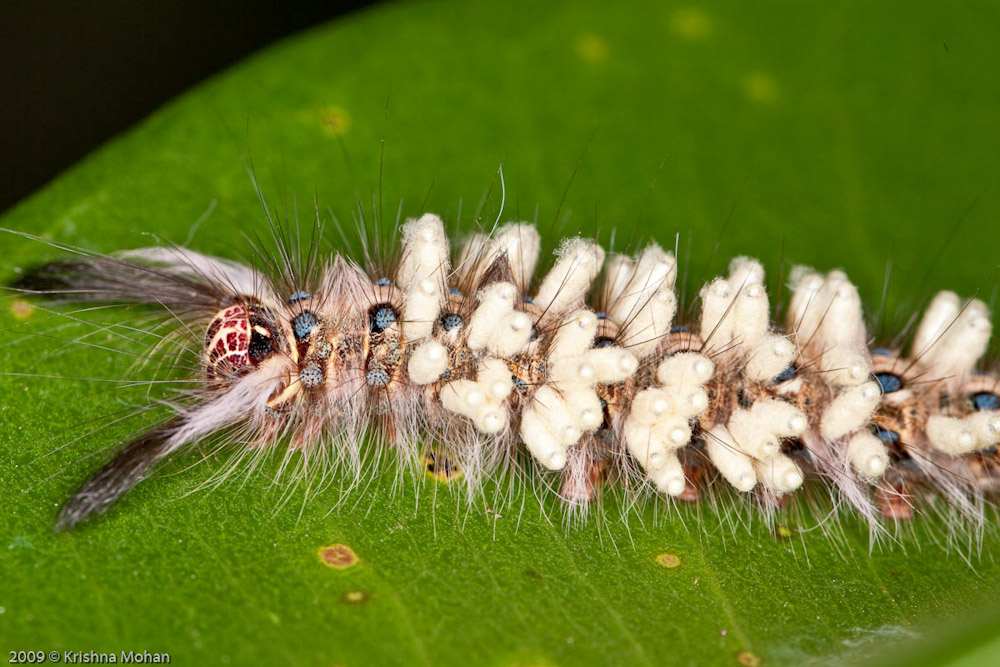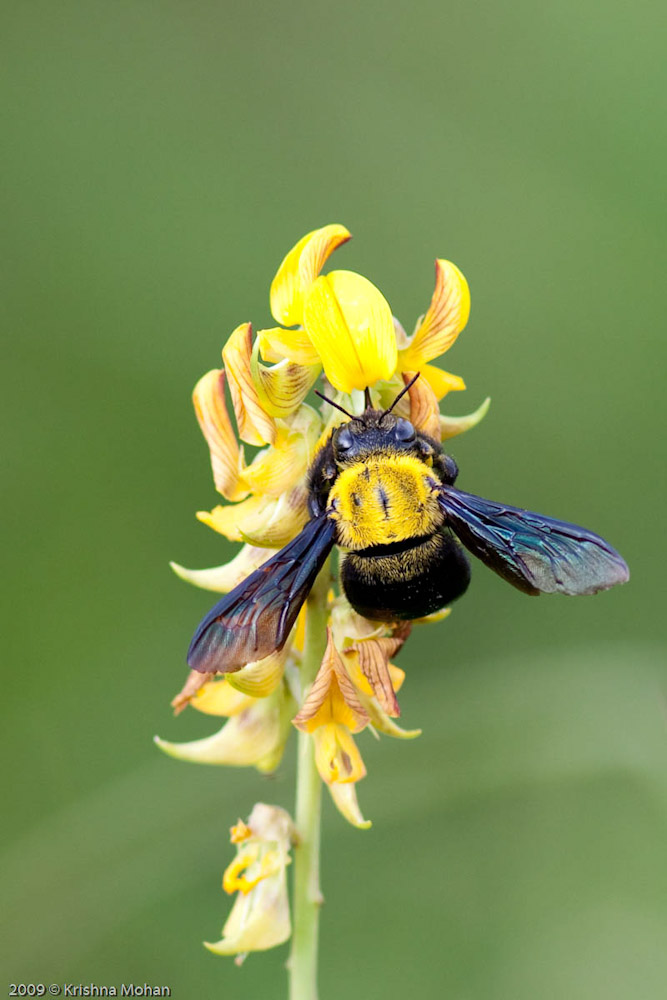Potter Wasp
When I was doing a shootout for the review of Canon EF 100mm f/2.8L Macro IS USM I found this potter wasp at my garden building its nest. Unfortunately when i noticed she had built most of the nest and has gathered caterpillar to be served as food for her new born larvae. I was … Read more




